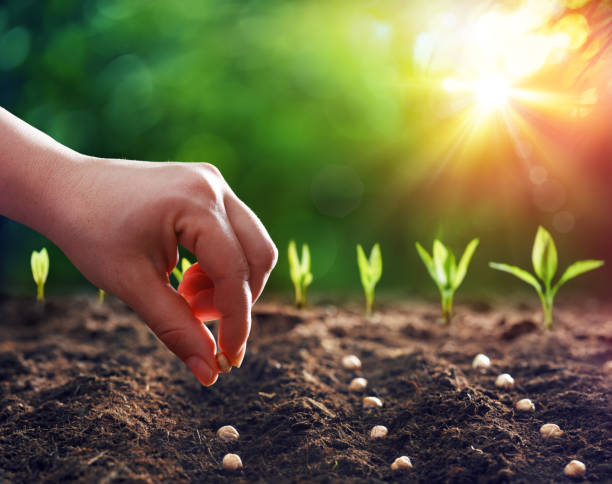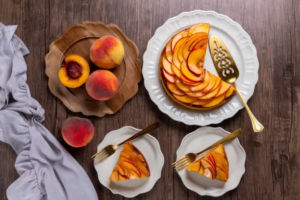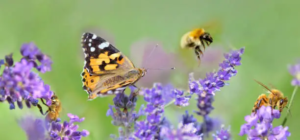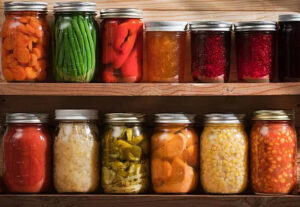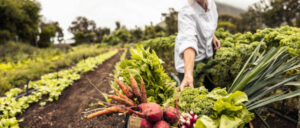Seed saving is an ancient art that has been practiced by humans for thousands of years. In the past, it was essential for survival and was necessary for preserving the genetic diversity of crops. Today, seed saving is becoming increasingly important as we face the challenges of climate change, loss of biodiversity, and the need for sustainable agriculture.
The Benefits of Saving Seeds
Saving seeds has many benefits, including:
- Cost savings: By saving your own seeds, you can save money on buying seeds every year.
- Biodiversity preservation: Seed saving helps preserve the genetic diversity of crops, which is essential for maintaining healthy ecosystems and adapting to changing environmental conditions.
- Plant adaptation: Saving seeds from plants that have adapted to your local growing conditions can improve the resilience of your garden.
- Taste and quality: Seeds saved from healthy, productive plants can result in better-tasting, higher-quality crops.
How to Save Seeds
Saving seeds is easy, and anyone can do it. Here are some basic steps to follow:
- Choose the right plants: Not all plants are suitable for seed saving. Choose open-pollinated or heirloom varieties, as they will produce seeds that can be saved and grown again next year.
- Allow seeds to mature: Let the plant go through its natural life cycle and allow the seeds to fully mature and dry on the plant.
- Harvest the seeds: Once the seeds are fully mature, harvest them by cutting the seed head or pod from the plant and collecting the seeds.
- Dry the seeds: Spread the seeds out in a single layer on a screen or paper towel to dry for a few days.
- Store the seeds: Store the seeds in a cool, dry place in an airtight container, such as a glass jar or plastic bag.
Tips for Seed Storage
Proper seed storage is crucial for maintaining seed viability. Here are some tips for storing seeds:
- Keep them dry: Moisture can cause seeds to rot or sprout prematurely. Store seeds in a cool, dry place with low humidity.
- Keep them cool: Heat can also reduce seed viability. Store seeds in a cool place, such as a basement or refrigerator.
- Label and date: Be sure to label your seed containers with the plant name and date of collection.
- Test germination: To ensure seed viability, perform a germination test by planting a small number of seeds in soil to see how many sprout.
Saving seeds is a rewarding and essential practice for any gardener. By preserving the genetic diversity of crops and adapting to changing environmental conditions, we can create a more sustainable future for ourselves and our planet.

